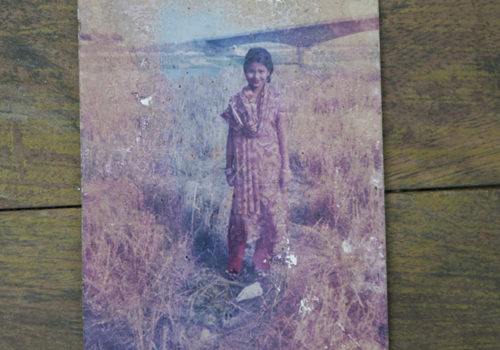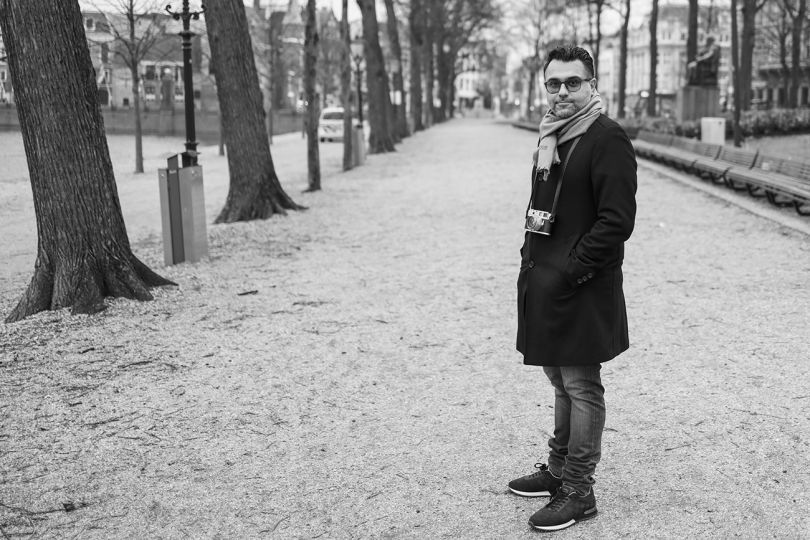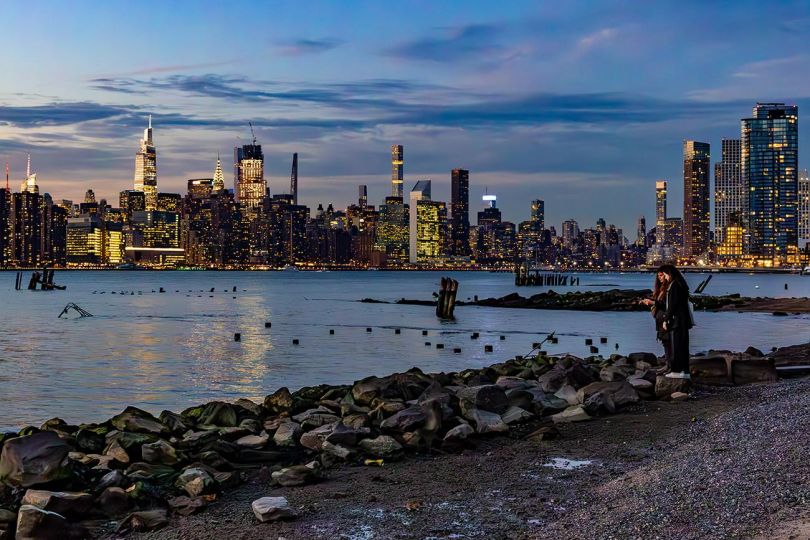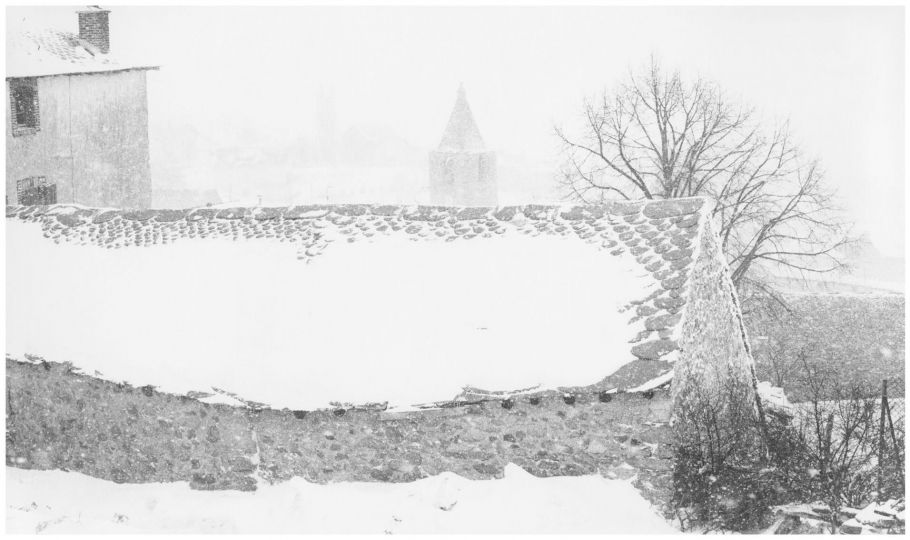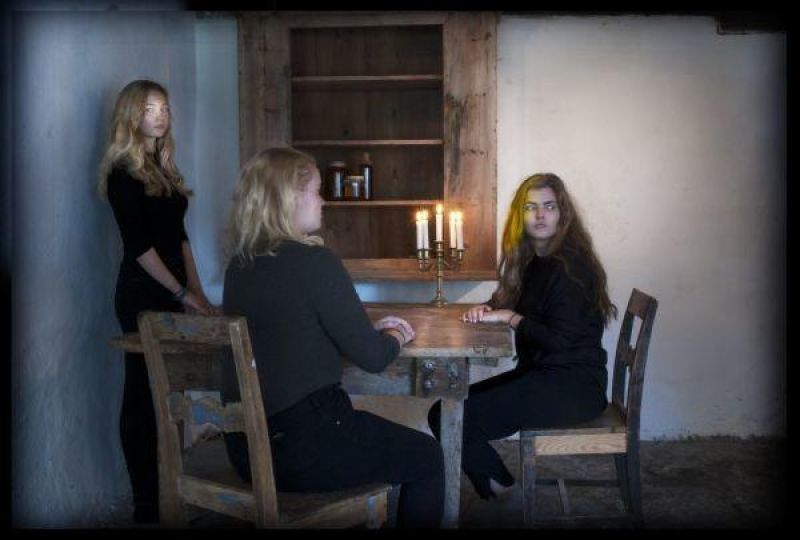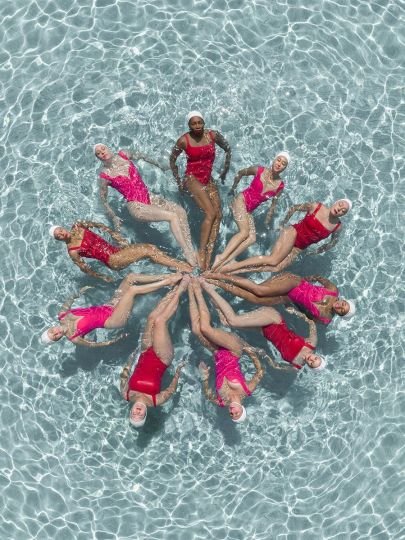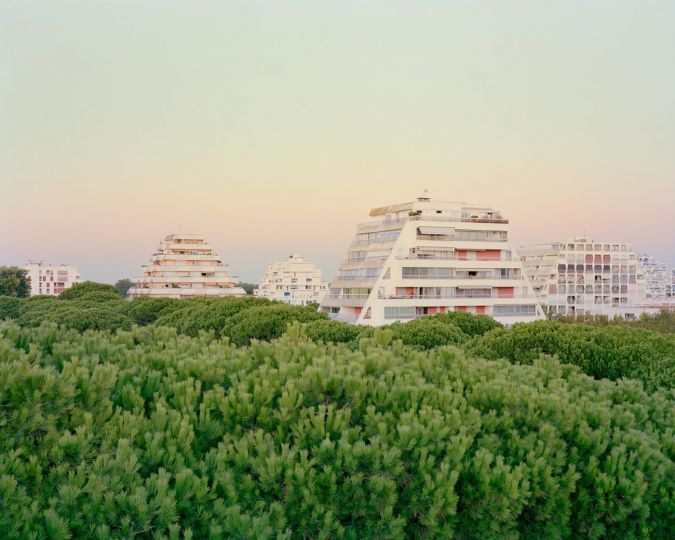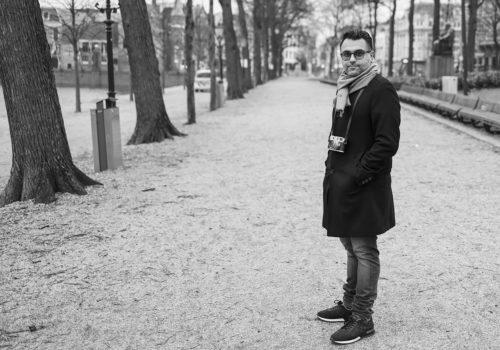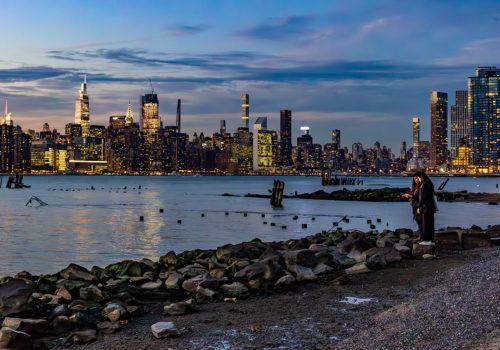Laboni in Bengali language means “GRACE” .
“Laboni” is a visual tale about the life of a young woman who’s life was buried faster than her dreams. My project aimed to portray parts of the Ready-made Garment (RMG) industry in Bangladesh in a different light. My starting point was a random encounter with Laboni’s family at the Rana Plaza site earlier this year. I became intrigued by Laboni, because the pictures of victims the entire world had seen did not match the feeling of seeing a family mourn about the loss of their beloved one. Laboni’s life must have been more than just a tragic death and I wanted to unravel that history.
Together with Laboni’s father and little sister we visited the village (Mohira Para, Ishwardi in Pabna District) where she grew up before searching for a better life in the capital Dhaka. I photographed these places because they became part of her memory. At the same time the tangibility of those places created something imaginary about her childhood to me. Something else was needed I felt. Photographs of the places themselves were not enough so I combined old family archive images with my photographs to give a better impression of what her life was like.
Inbetween India and Myanmar lies Bangladesh, a country that is comparable in size to the State of Wisconsin (US). Its population is larger than Russia’s. Today Bangladesh counts approximately 160 million people. Bangladesh is characterized by a green country side providing the source for its main economic sector: agriculture. In rural areas women are centered on traditional roles with limited mobility and freedom. Women are responsible for most of the post-harvest work, for keeping livestock, poultry, and small gardens.
Bangladesh is also characterized by its mega capital city Dhaka. Dhaka counts an estimated 15 million people ranking 3rd as most densely populated city in the world. Greater Dhaka provides many alternative job opportunities to the agriculture sector. The biggest one being the RMG industry, a 24 billion dollar industry.
The RMG sector provides jobs to many (unskilled) workers, especially women. The empowered feeling of earning a formal income is contagious for young women. Millions of men and women migrate from the rural areas to the urban zone hoping to obtain a better life. The salary of a garment worker may be higher than that of a farmer, the living and working conditions may turn daily city life into a nightmare.
Laboni was born in February 1993 In Ishwardi. In 2006, Laboni migrated from Ishwardi to Savar, Dhaka District. This is her story.
claudiomontesanocasillas.com

